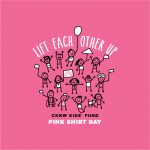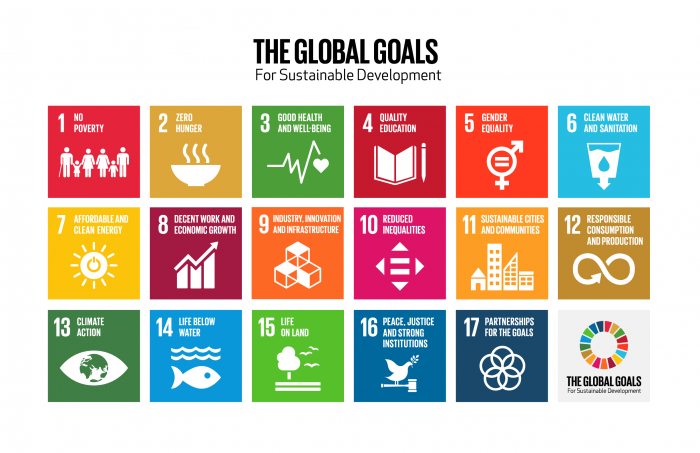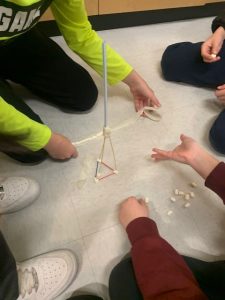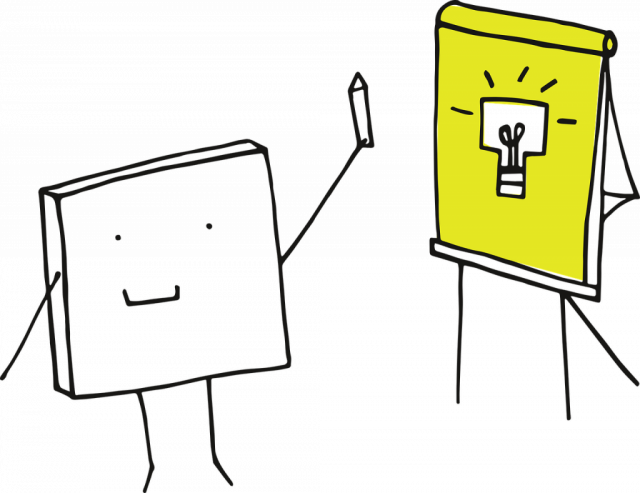 Student-led conferences are coming up on May 17th and 19th. The purpose of a student-led conference is exactly how it sounds–each student will lead their family through some examples of their learning from this school year.
Student-led conferences are coming up on May 17th and 19th. The purpose of a student-led conference is exactly how it sounds–each student will lead their family through some examples of their learning from this school year.
Although you signed up for an hour time slot, student-led conferences usually take around 15-20 minutes and occur sometime within that hour in order to accommodate space for other visiting families.
Students will be sharing their learning in relation to completed or in-progress assignments and reflecting on the Core Competencies.

Students will select two or three Core Competencies, show evidence that demonstrates their strengths, and share how they would like to continue growing within each competency. Students may also reflect on how competencies tend to overlap.
In addition to the posters and handouts in the classroom, students should refer to the added information in the Core Competencies tab in the menu above. We are working to include this language, and variations of it, into our Blogfolios as well as our Student-Led Conferences. Parents who are unable to attend the student-led conference may still have the student-led conversation at home through the Blogfolio.
Students in BC complete self-assessments at the end of the year as part of their final report cards, and so we are weaving the practice of self-assessment and portfolio development into our daily activities and informal reporting.
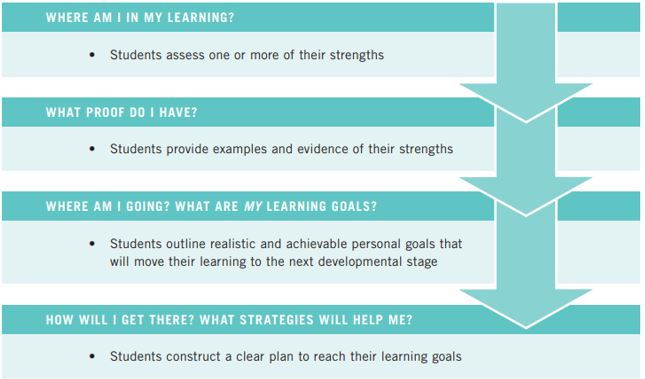
The self-assessment process is a cycle of identifying strength(s), providing evidence, setting goals, and taking action.
Students’ self-assessments may be awkward at first as they are developing greater awareness and reflective capacity regarding their Communication, Thinking, and Personal/Social skills. They are exploring and applying language to describe their learning through curricular content areas. Students are working hard to become more fluent in their understanding and communication of the Core Competencies.
See you next week!
